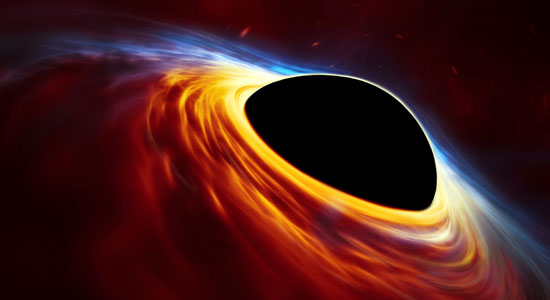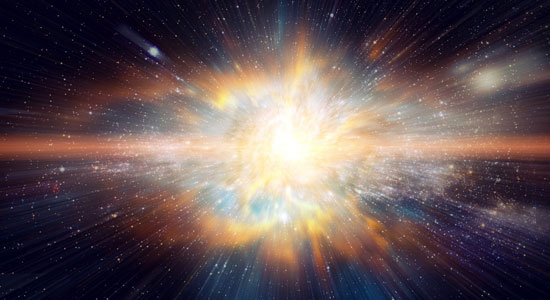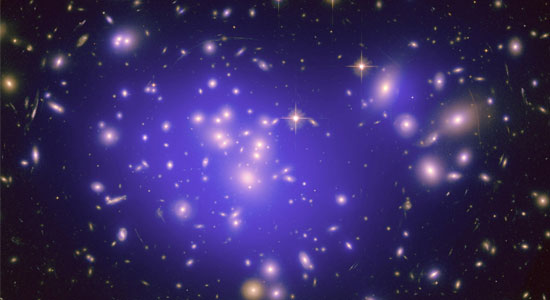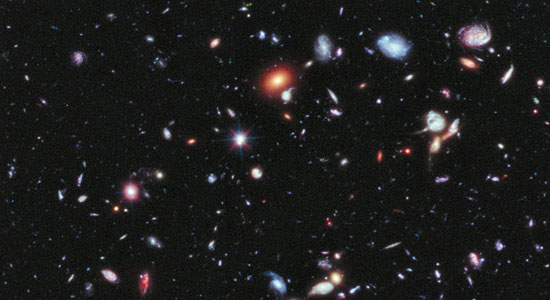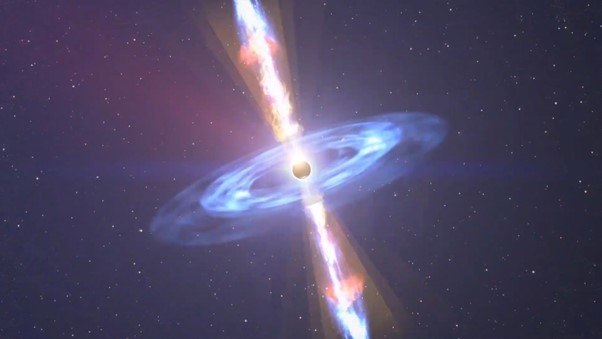Black holes are extreme concentrations of matter with a gravitational pull that not even light escapes. Supermassive black holes, millions to billions of times the solar mass, formed in the early Universe at the focal points of coalescing matter that evolved into galaxies.
Research at DARK
DARK scientists study a wide range of topics related to compact stellar objects and black holes, cosmic explosions, and how the Universe is structured and evolves. The research relies on both theoretical and observational work.
DARK scientists use a range of telescopes, located in space and on the ground and sensitive to all radiation from radio to Gamma-rays and high energy particles. Gravitational wave observations are also used as part of multi-messenger science studies.

